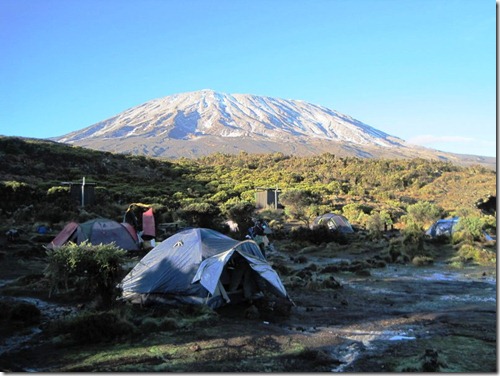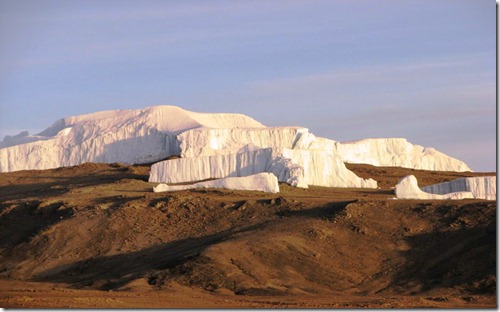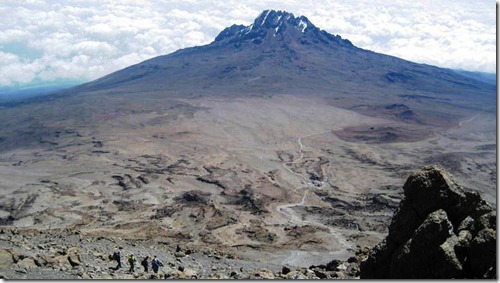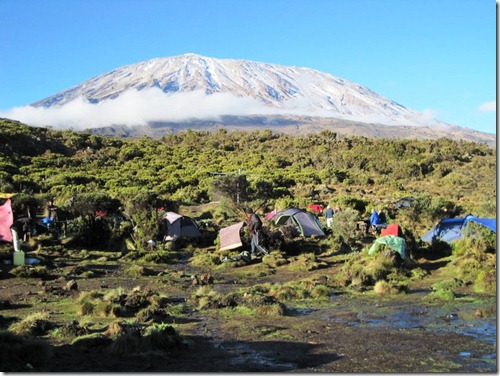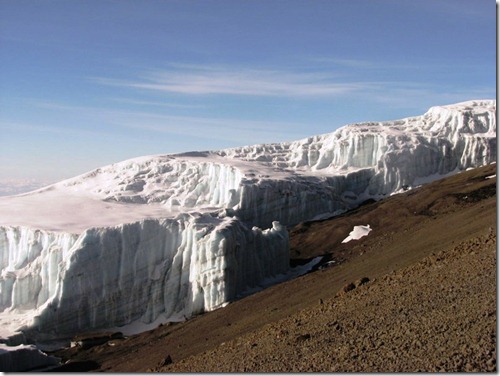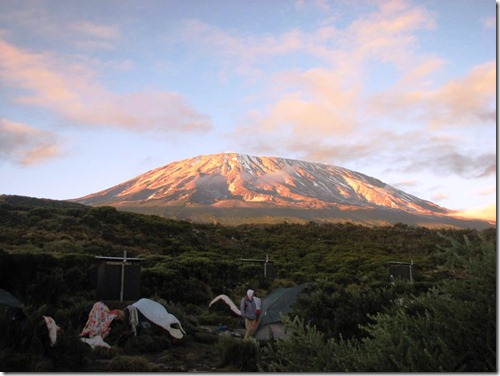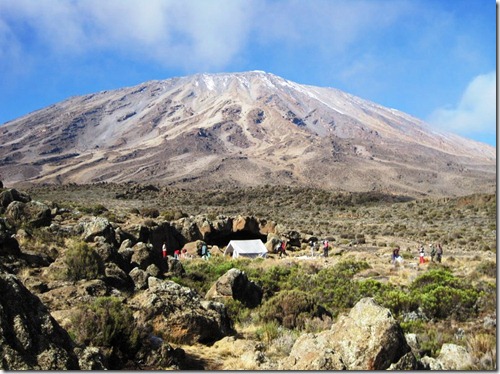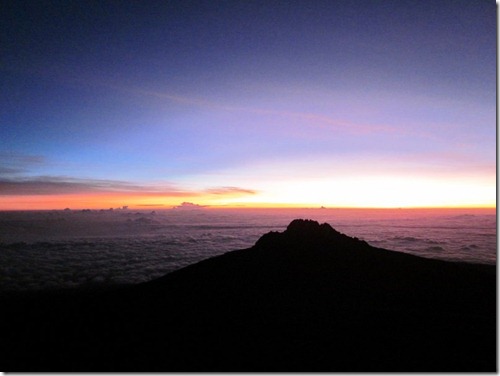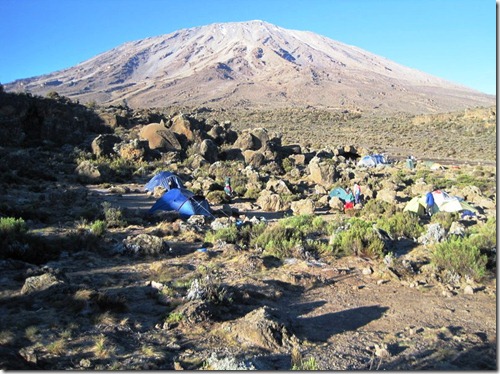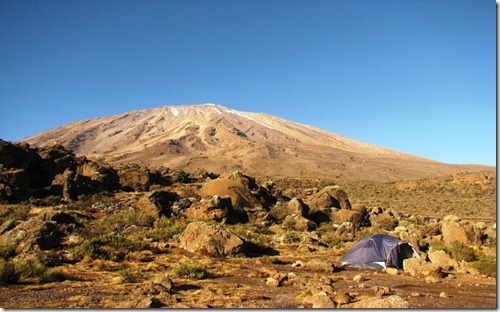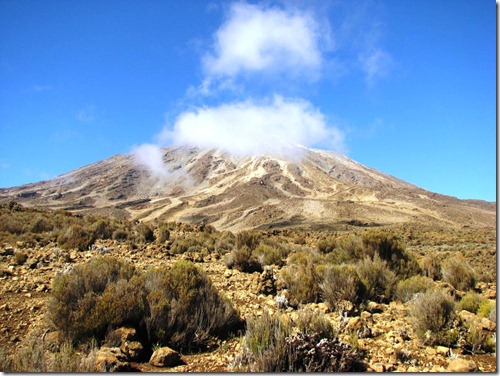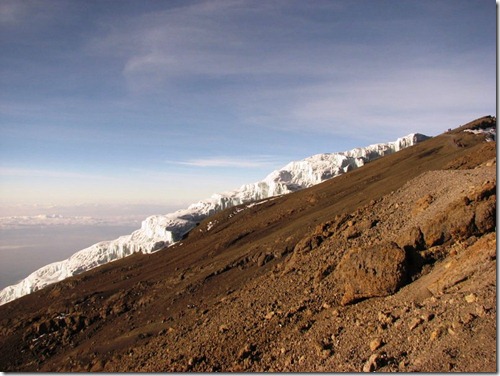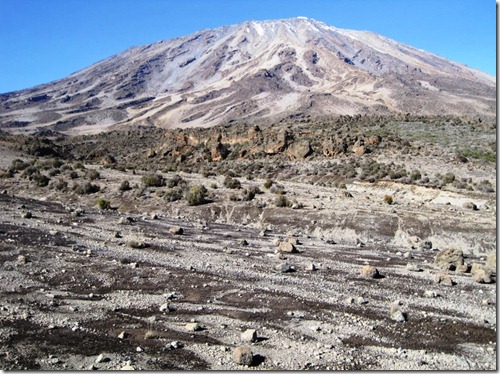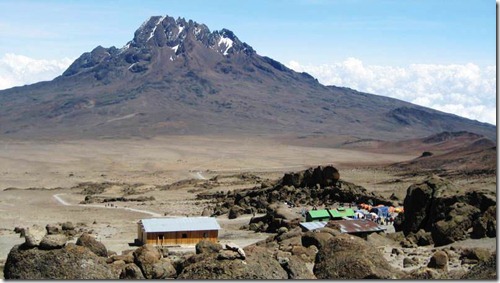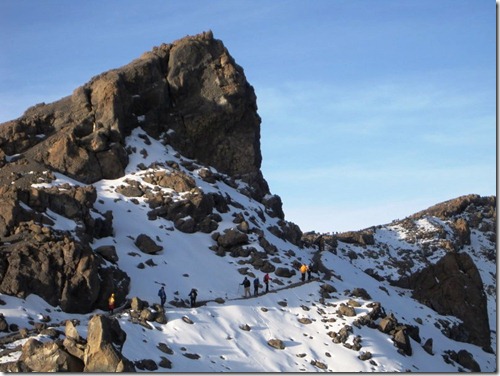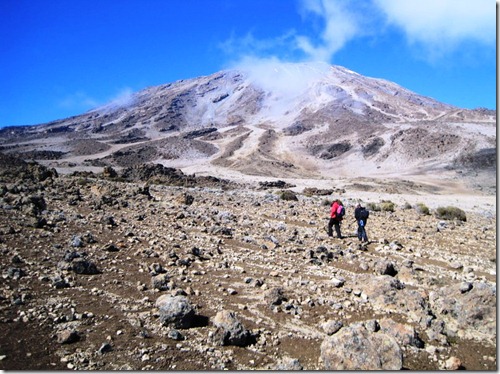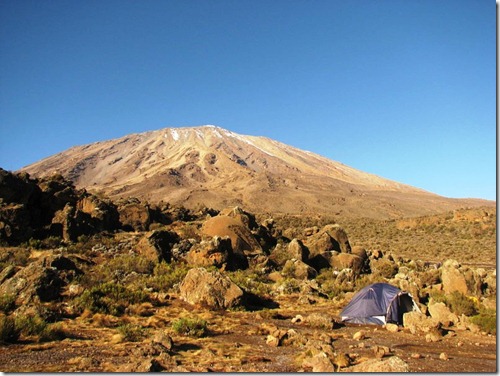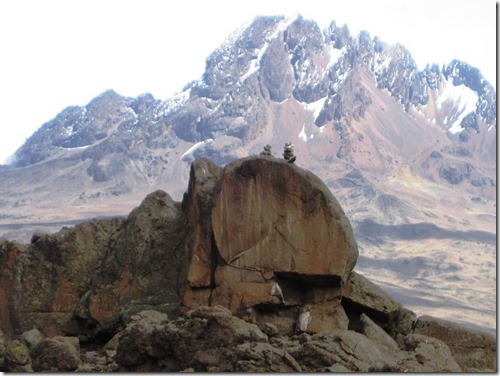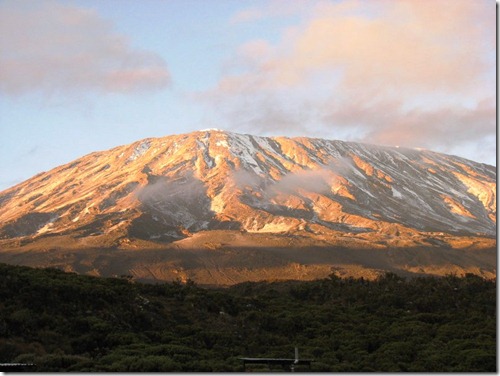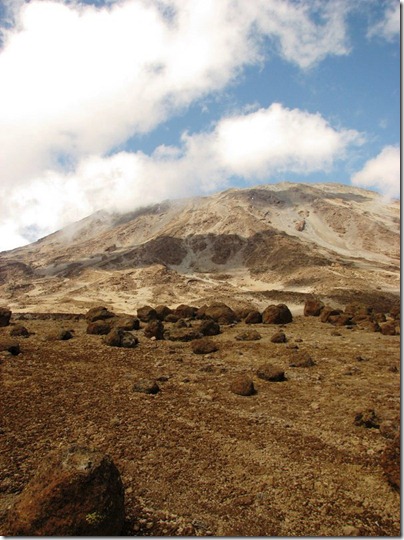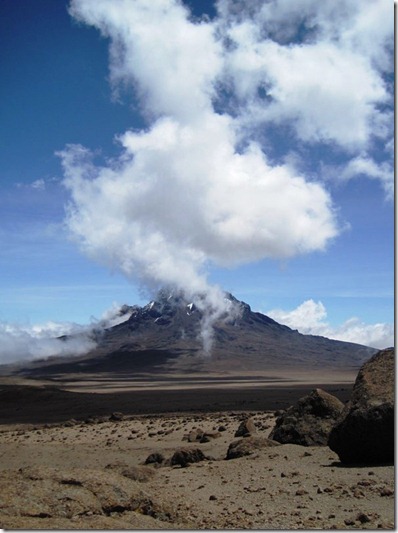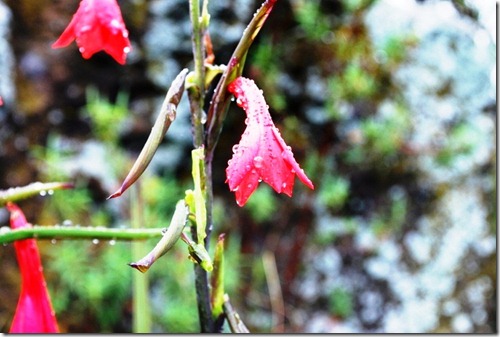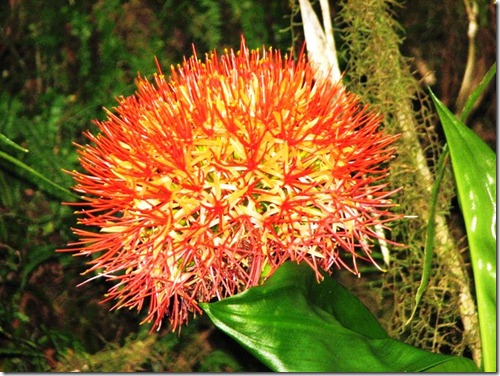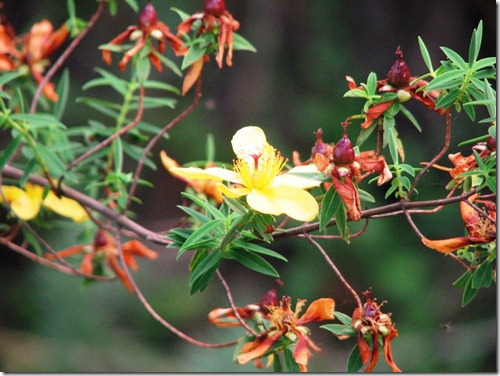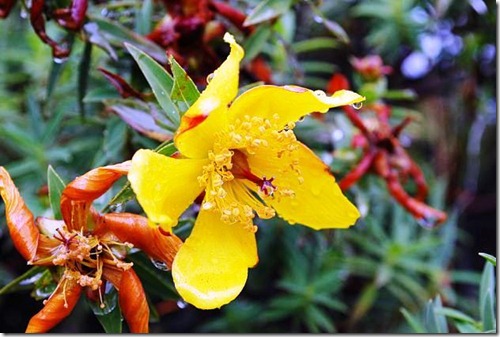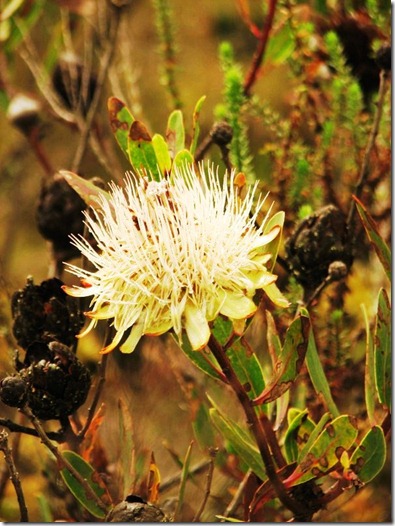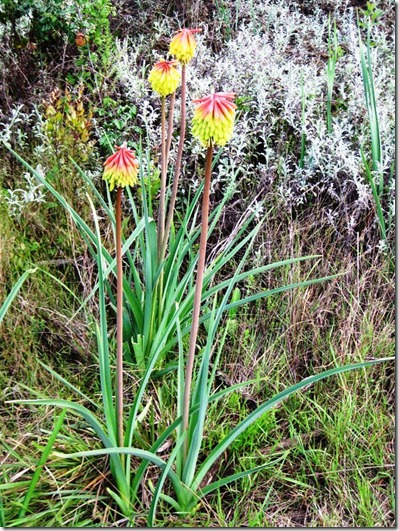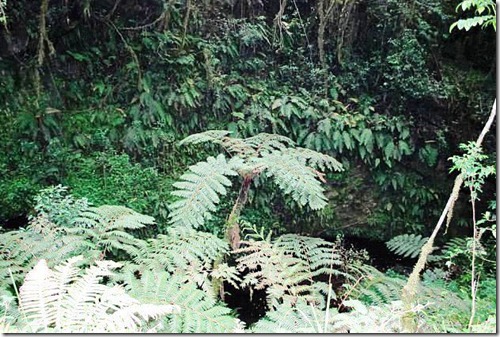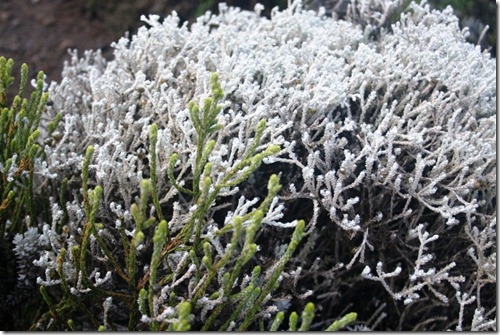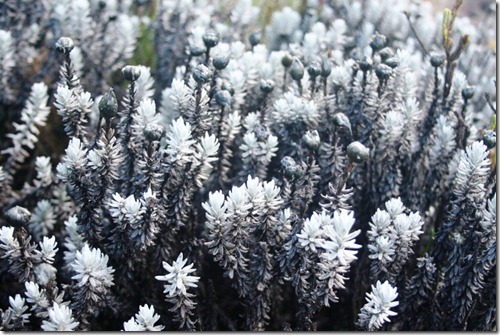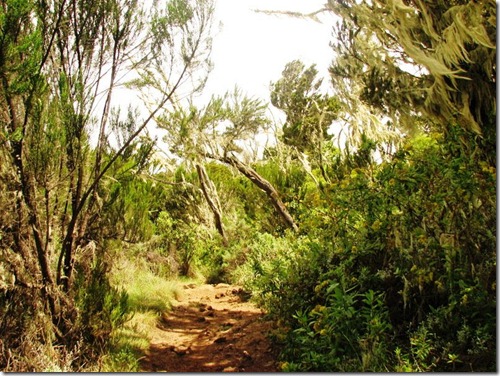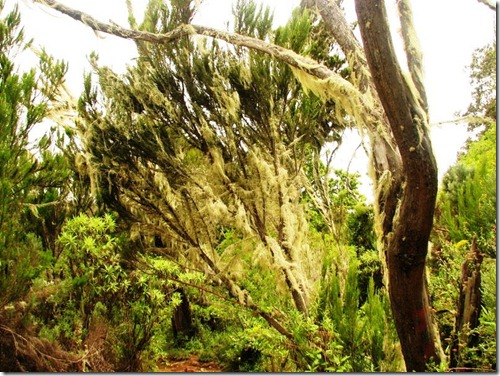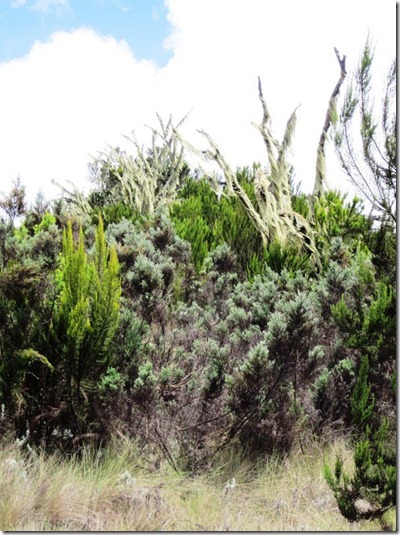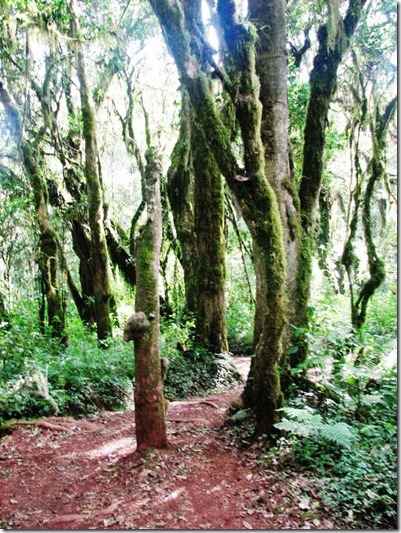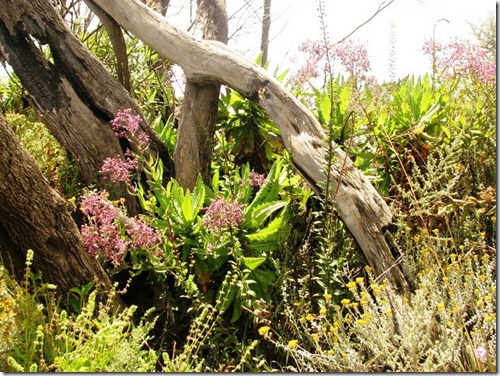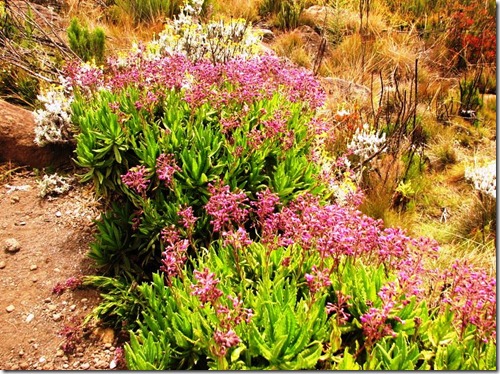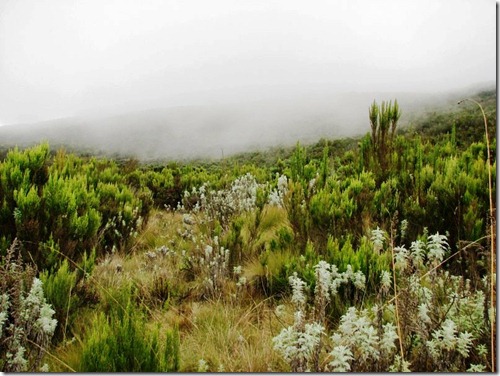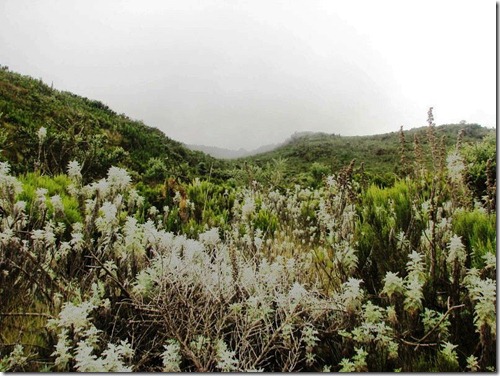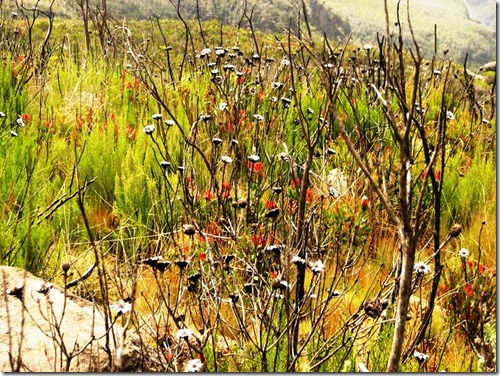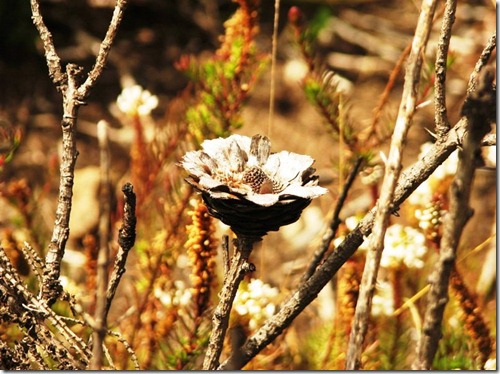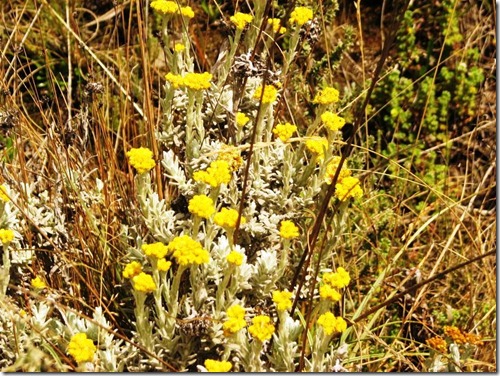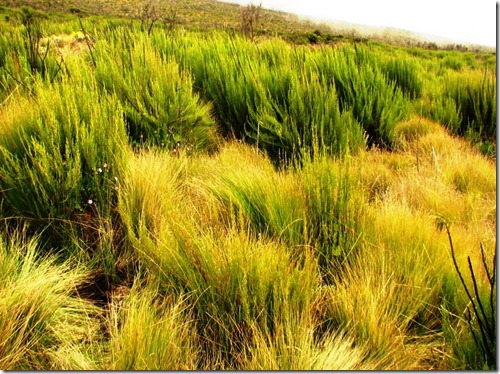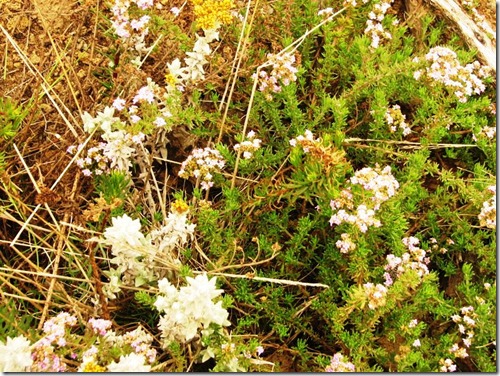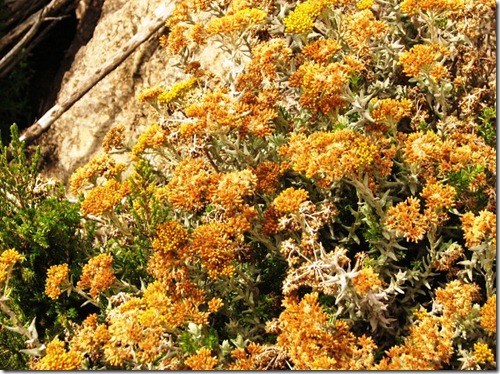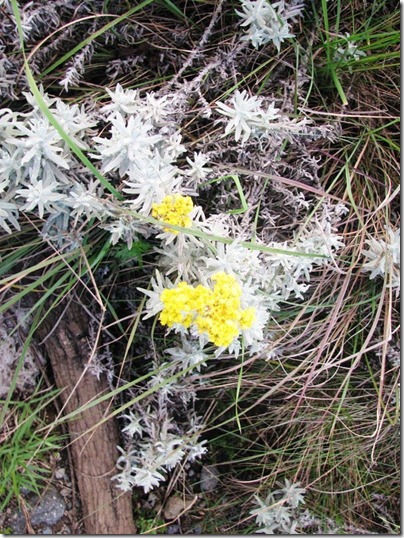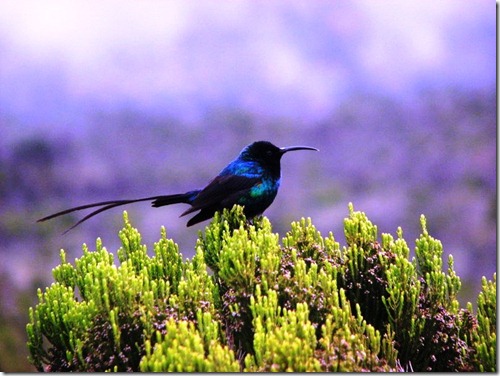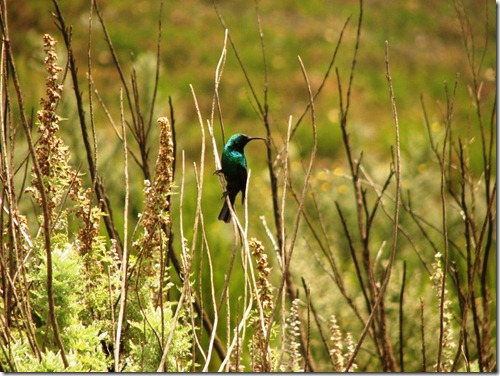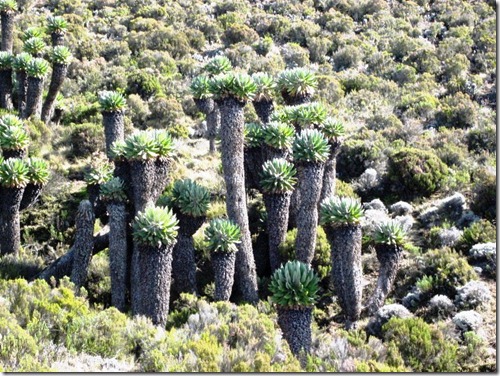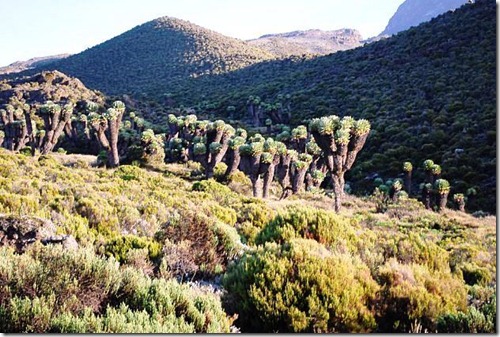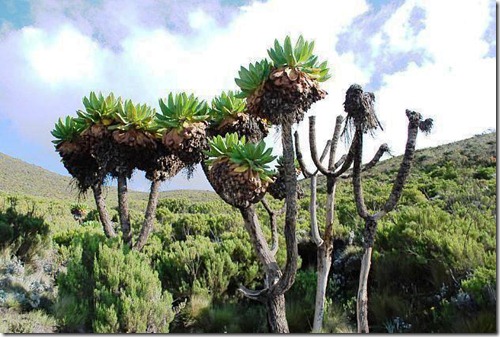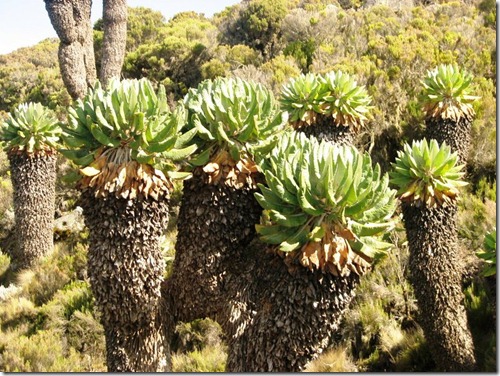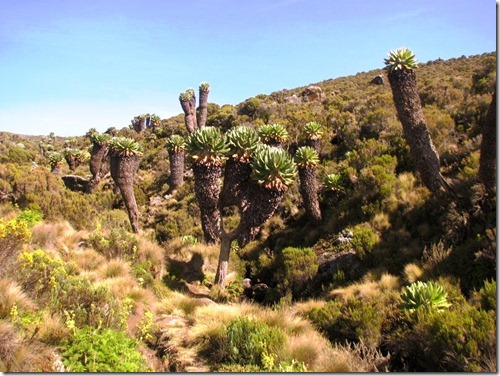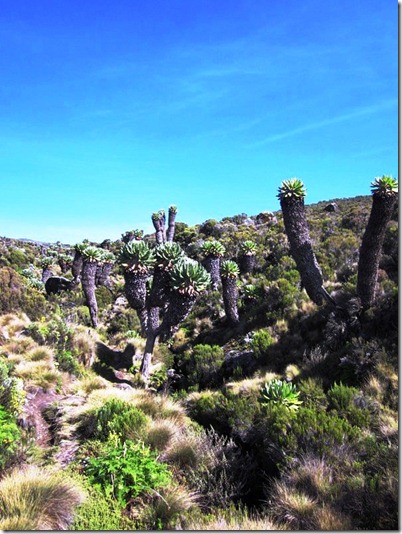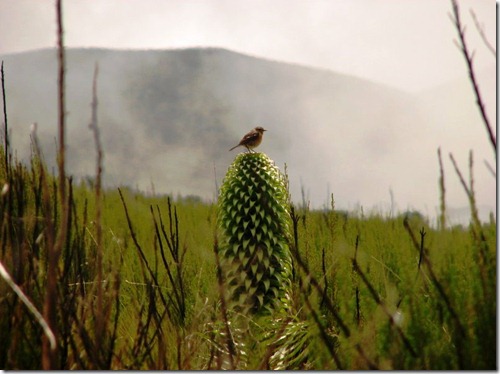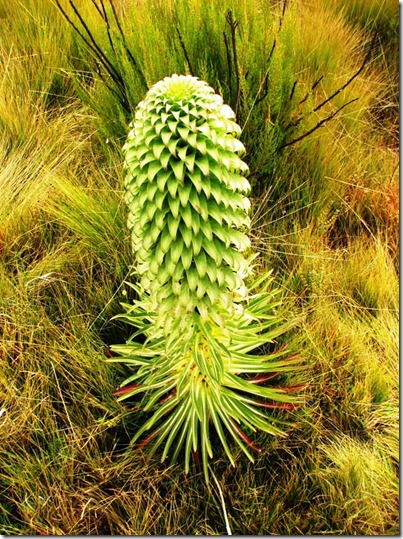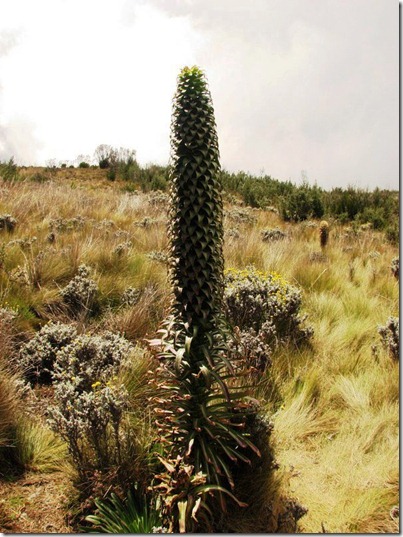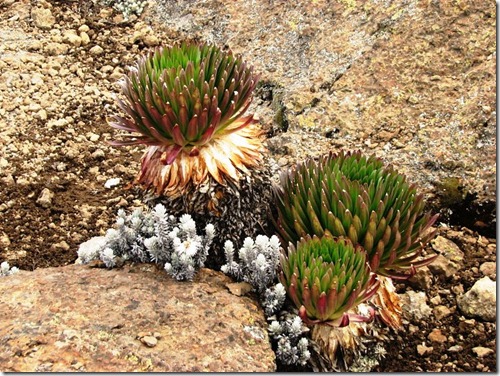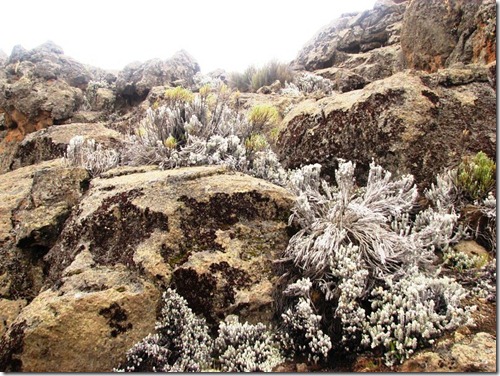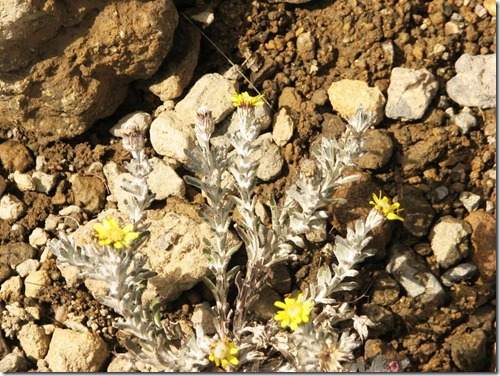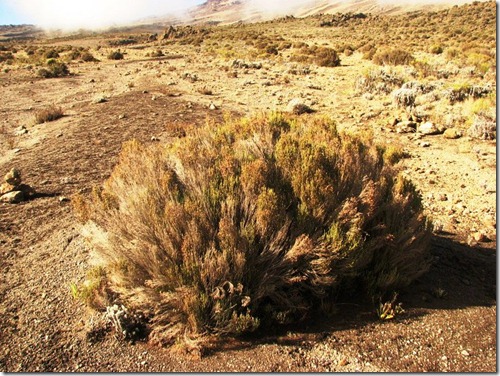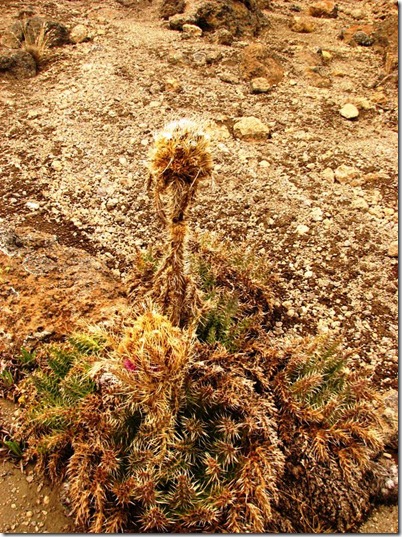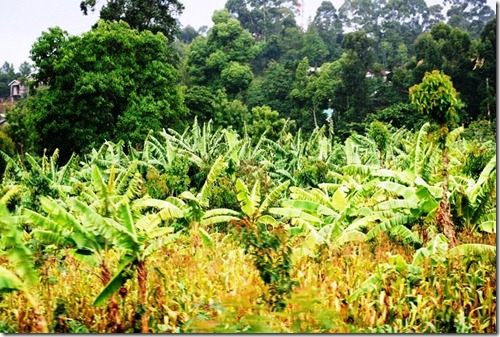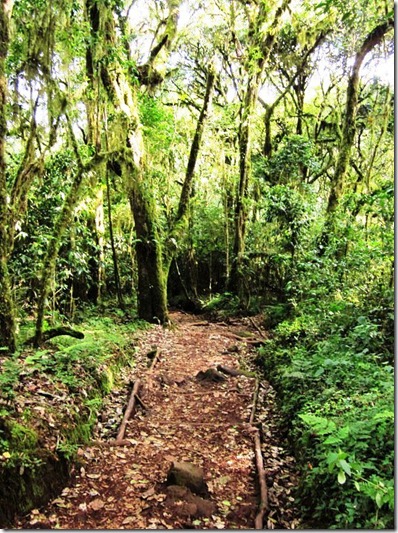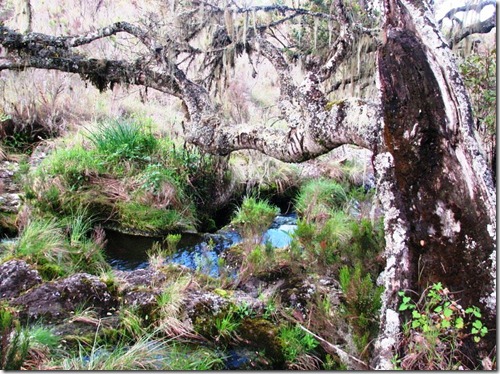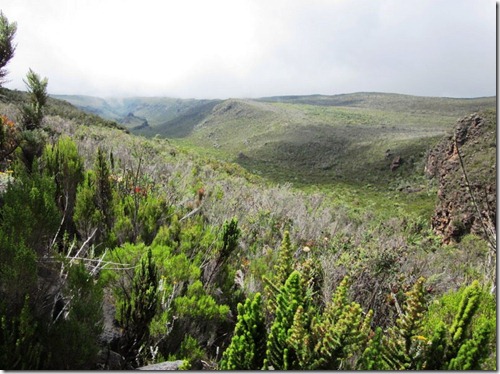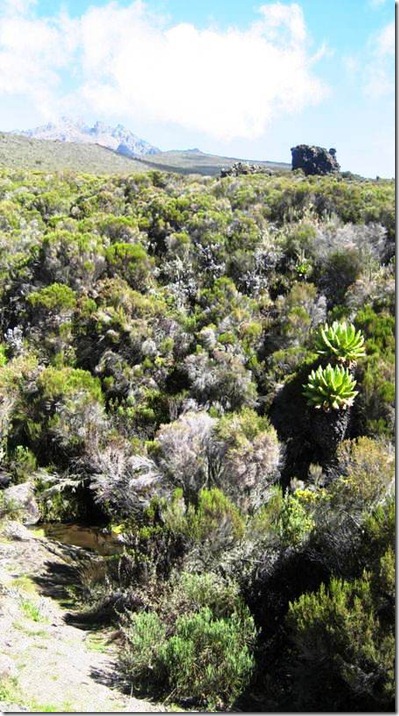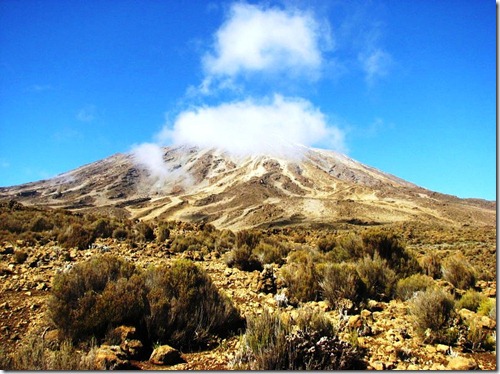Interview with Writer/Photographer M.G. Edwards
Special thanks to artist, editor and cover designer extraordinaire Elinor Mavor for interviewing me about my book Kilimanjaro: One Man’s Quest to Go Over the Hill.
Click here to read the article.
Elinor’s blog, Mavor Arts, cover the arts and pop culture as well as various artists, famous and almost famous, sometimes herself, plus talented family and friends. I’m honored that she included me as a writer/photographer. The photos posted were taken by me or my travel companions during our Kilimanjaro climb in December 2010-January 2011.
Kilimanjaro photo licensed from ShutterStock.
About Elinor Mavor
Elinor Mavor is a professional art director, editor, writer and illustrator. She is a longtime contributor of artwork for the advertising, publishing and gaming industries. Her popular blog, Mavor Arts, features articles about her own work plus other well-known and emerging artists. She has been an editor since 1978 and was Editor and Art Director for two famous magazines, Amazing Stories and Fantastic Stories. Since 1982, she has edited magazines, newsletters, brochures and more recently started editing novels and designing cover art for self-published authors. With more than a decade of experience in full service graphic design and illustration, Elinor knows what is involved in designing, illustrating, writing and producing a project from conception to printed piece. Her BEHANCE Network/My Portfolio includes samples of her cover artwork. She welcomes writers who need editing services, including copy editing, proofreading, and critiquing, and/or book cover designs for their books. Click here to contact her.
 M.G. Edwards is a writer of books and stories in the mystery, thriller and science fiction-fantasy genres. He also writes travel adventures. He is author of Kilimanjaro: One Man’s Quest to Go Over the Hill, a non-fiction account of his attempt to summit Mount Kilimanjaro, Africa’s highest mountain and a collection of short stories called Real Dreams: Thirty Years of Short Stories. His books are available as an e-book and in print on Amazon.com and other booksellers. He lives in Bangkok, Thailand with his wife Jing and son Alex.
M.G. Edwards is a writer of books and stories in the mystery, thriller and science fiction-fantasy genres. He also writes travel adventures. He is author of Kilimanjaro: One Man’s Quest to Go Over the Hill, a non-fiction account of his attempt to summit Mount Kilimanjaro, Africa’s highest mountain and a collection of short stories called Real Dreams: Thirty Years of Short Stories. His books are available as an e-book and in print on Amazon.com and other booksellers. He lives in Bangkok, Thailand with his wife Jing and son Alex.
For more books or stories by M.G. Edwards, visit his web site at www.mgedwards.com or his blog, World Adventurers. Contact him at me@mgedwards.com, on Facebook, on Google+, or @m_g_edwards on Twitter.
© 2012 Brilliance Press. All rights reserved. No part of this work may be reproduced or transmitted without the written consent of the author.

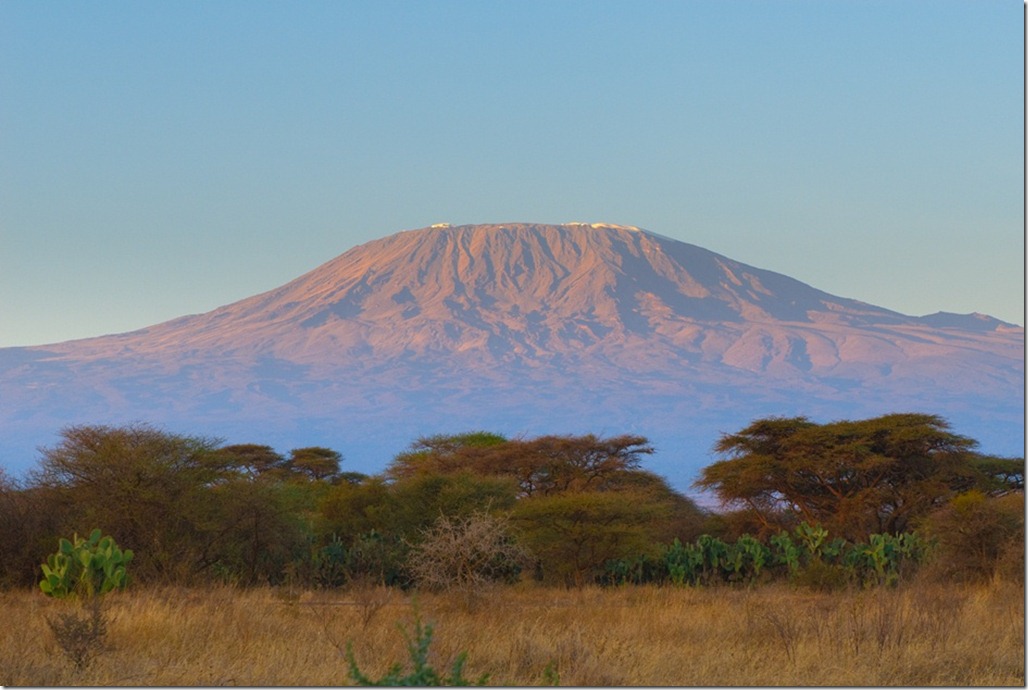
![buythumb[3] buythumb[3]](https://www.mgedwards.com/wp-content/uploads/2012/04/buythumb3.jpg)
